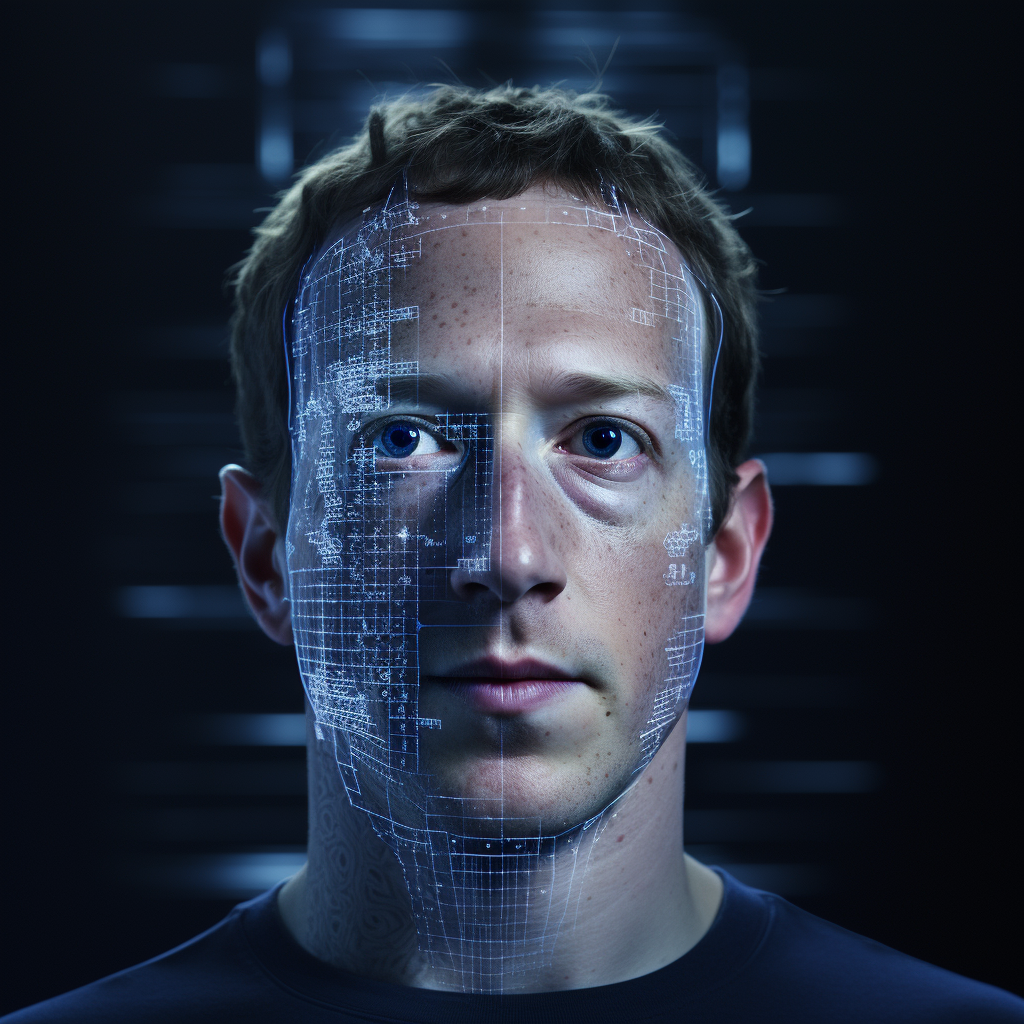In the evolving digital landscape of 2024, deepfakes stand at a curious intersection of opportunity and threat for brands, businesses, and influencers. These AI-generated synthetic media, known for their ability to create hyper-realistic but entirely fabricated videos or audio recordings, are not just a technological novelty anymore. They are reshaping the very fabric of digital communication and content creation.
The Double-Edged Sword
Imagine being able to create ultra-personalized content without the logistical challenges of traditional media production. Brands can leverage Deepfakes for innovative marketing campaigns, creating custom-tailored messages that resonate profoundly with their audience. Influencers can use this technology to extend their reach, appearing in multiple places at once, speaking any language fluently, or even engaging in real-time with fans in ways previously unimaginable.
However, with great power comes great responsibility. The darker side of Deepfakes lies in their potential for misuse. Imagine a competitor creating a Deepfake video of a CEO making inflammatory statements, or a public figure seemingly endorsing a product or a cause they have no association with – oh wait, we don’t need to imagine Donald Trump, Mr Beast, Tom Hanks are examples of a growing list of people who have been on the receiving end of Deepfakes. The risk of misinformation and reputational damage is significant. In the political arena, Deepfakes could become tools for propaganda, swaying public opinion with false narratives – particularly in 2024 where there is a perfect storm of the most global elections in history and a lack of awareness amongst the wider population of what Deepfakes are.
Deepfakes are poised to have a profound social impact in 2024. They challenge our perception of reality, raising ethical questions about consent and authenticity. In a world where seeing is no longer believing, the societal implications are vast. On the one hand, they could democratize content creation, empowering smaller creators with limited resources. On the other, they could deepen the crisis of trust in media, as discerning fact from fiction becomes increasingly difficult.
A Beacon of Hope?
Enter blockchain technology, a potential savior in the deepfake dilemma. Blockchain offers a way to authenticate the origin and integrity of digital content. By creating an immutable ledger of digital creations, it can verify the creator’s identity and ensure that a piece of content has not been altered from its original form. This technology could be a game-changer, offering a way to trace the origins of a deepfake and potentially holding creators accountable for their digital footprints.
As we navigate through 2024, the conversation around deepfakes will undoubtedly intensify. While they offer groundbreaking opportunities for creative expression and engagement, their potential for harm cannot be understated.
Deepfakes in 2024 are not just a technological trend; they are a mirror reflecting our society’s values and ethics in the digital age. Their impact, both politically and socially, will be significant and far-reaching. It’s a conversation we need to have now, more than ever. Will we harness this technology for good, or will we let it slip into a digital Pandora’s box?




